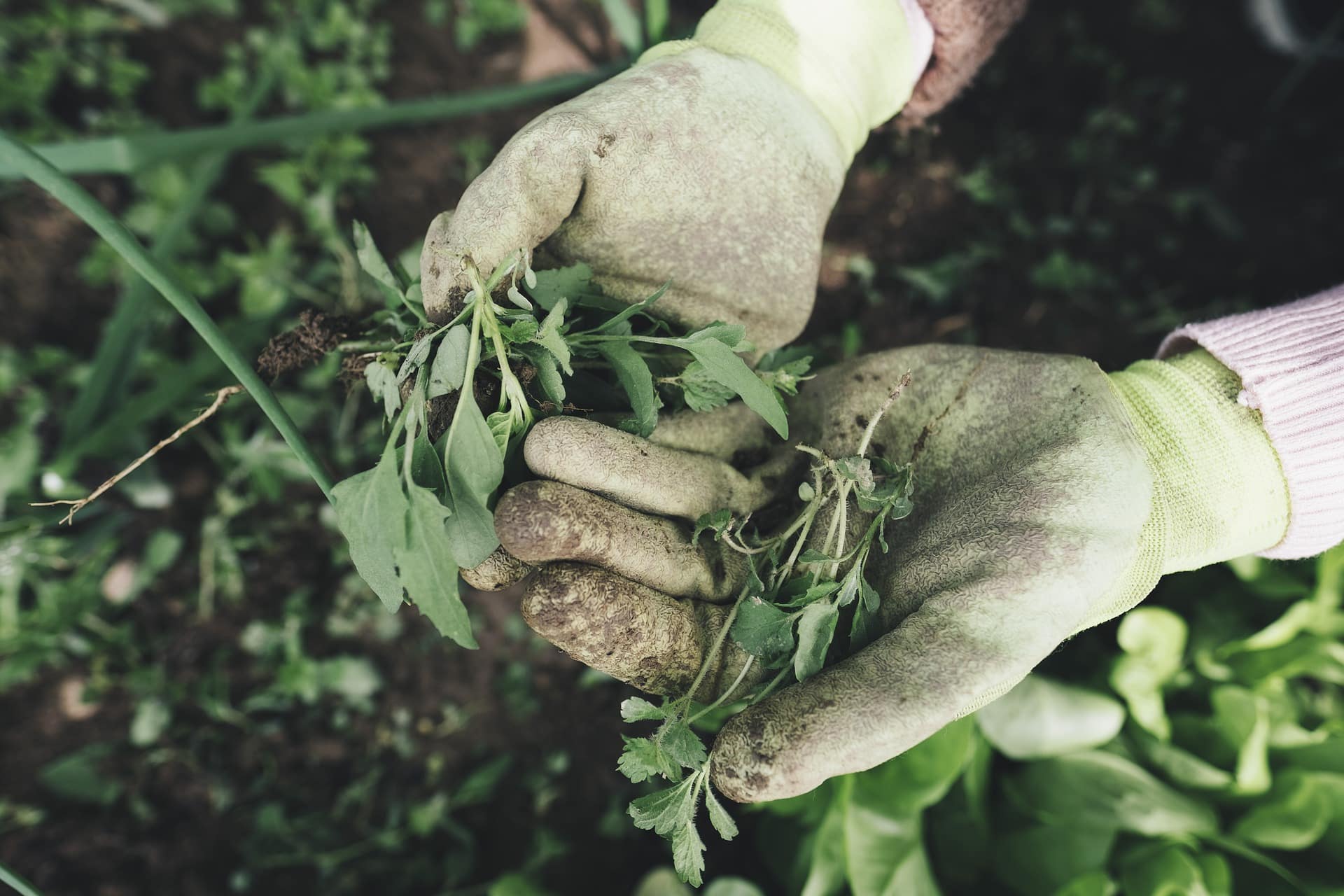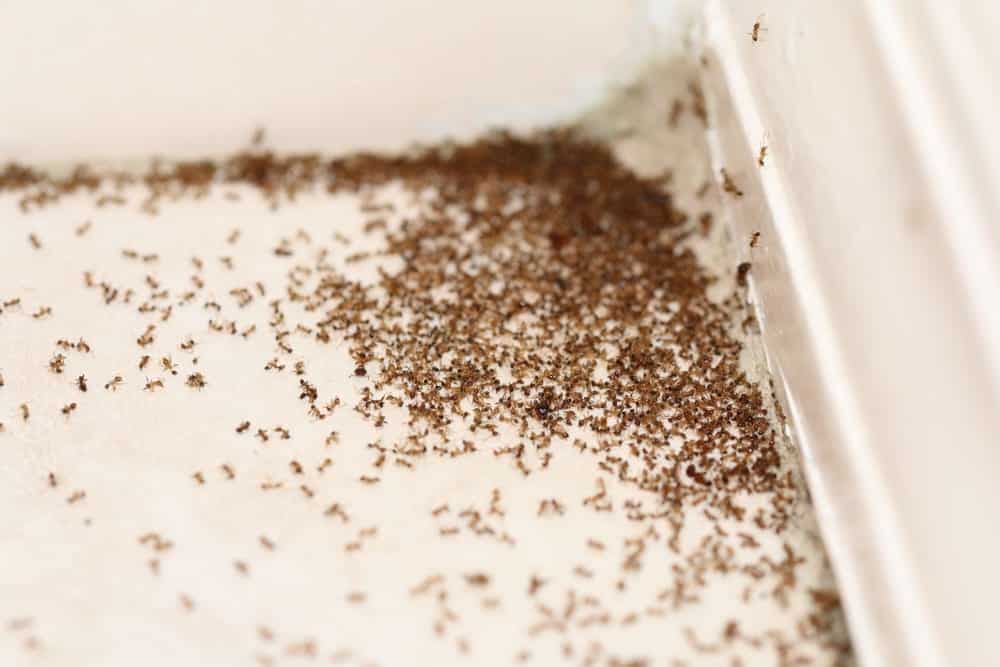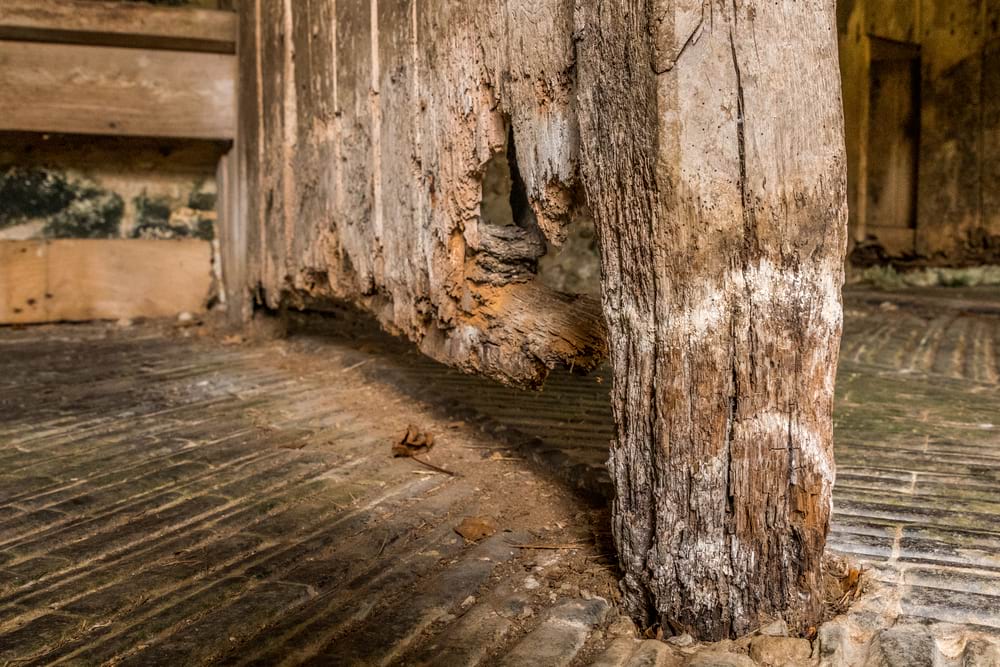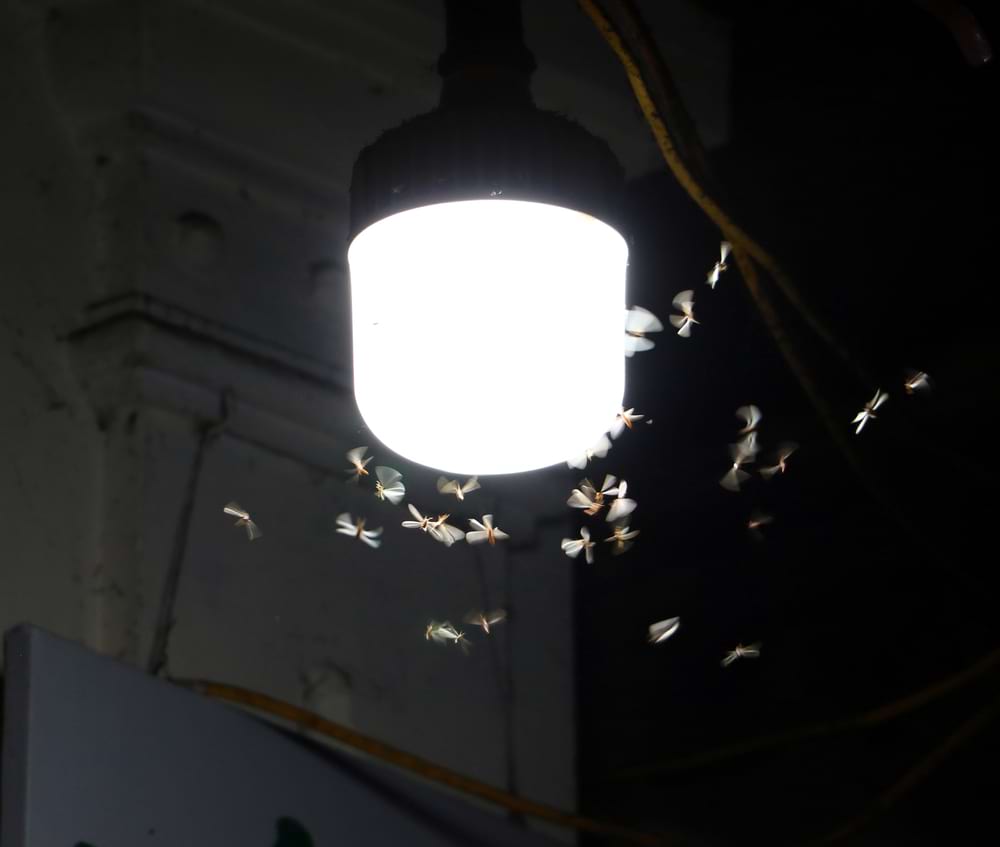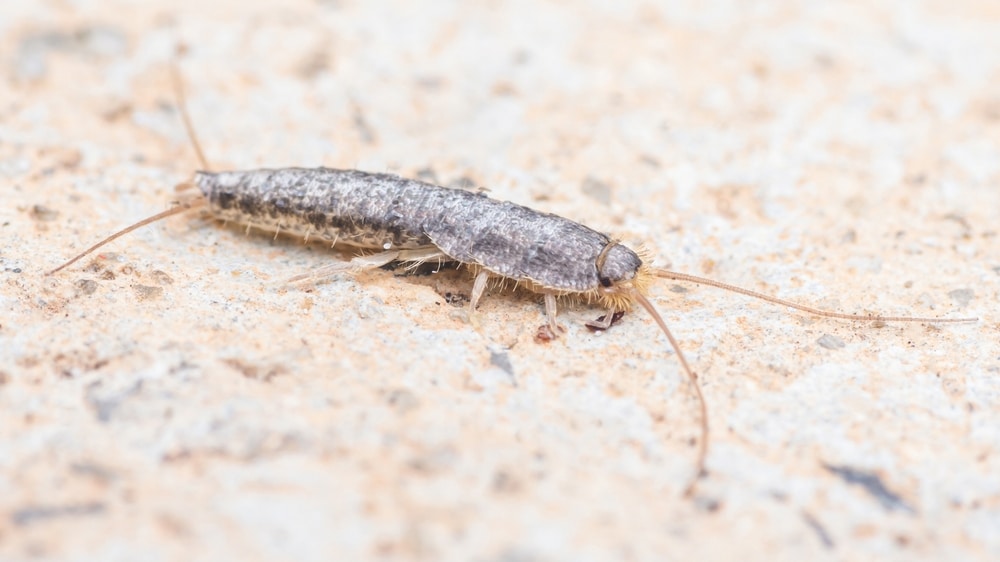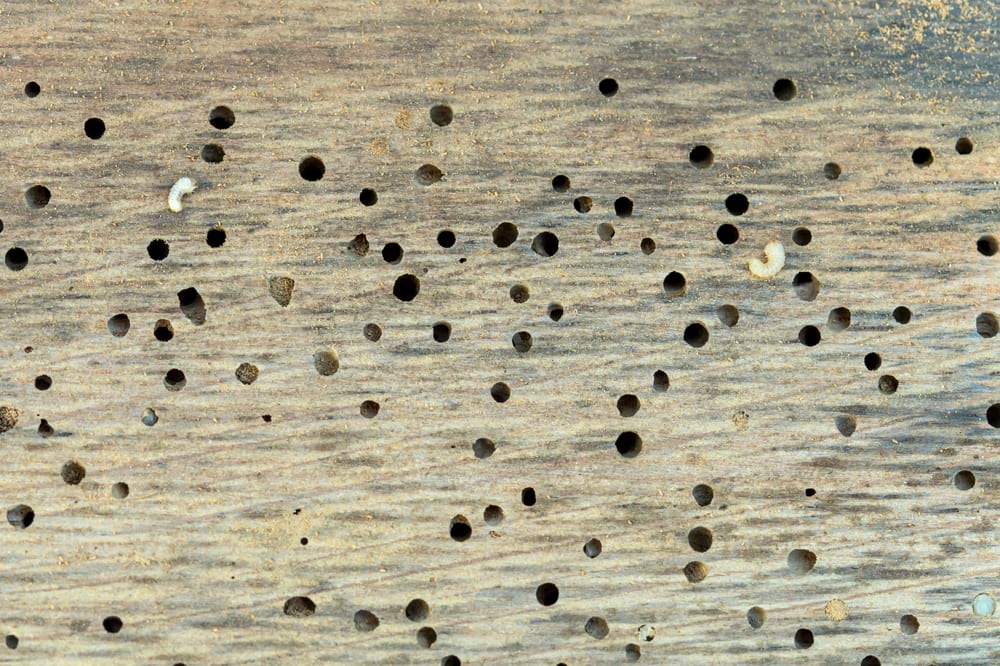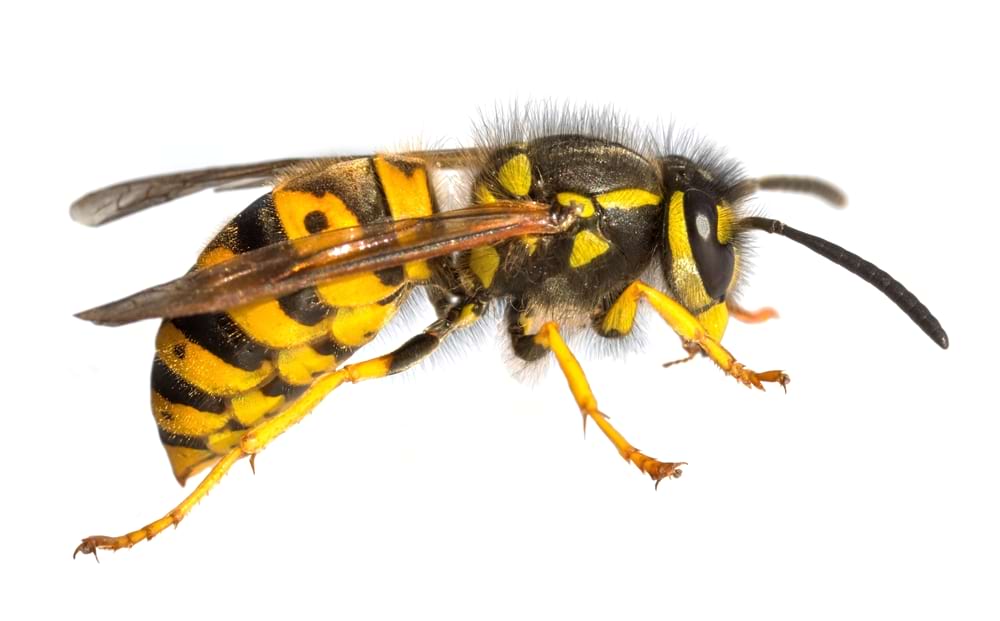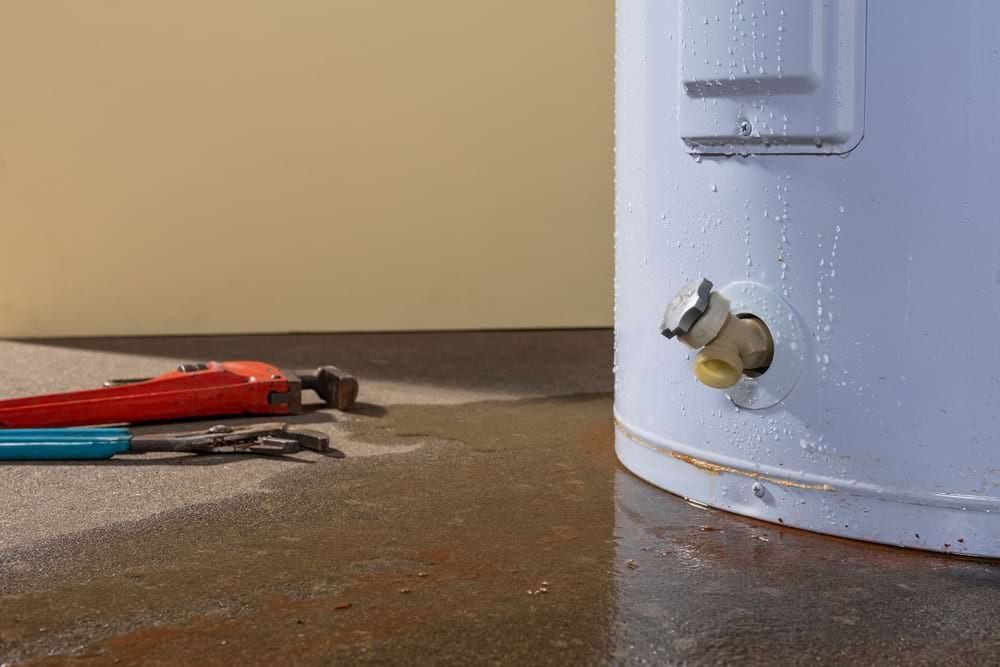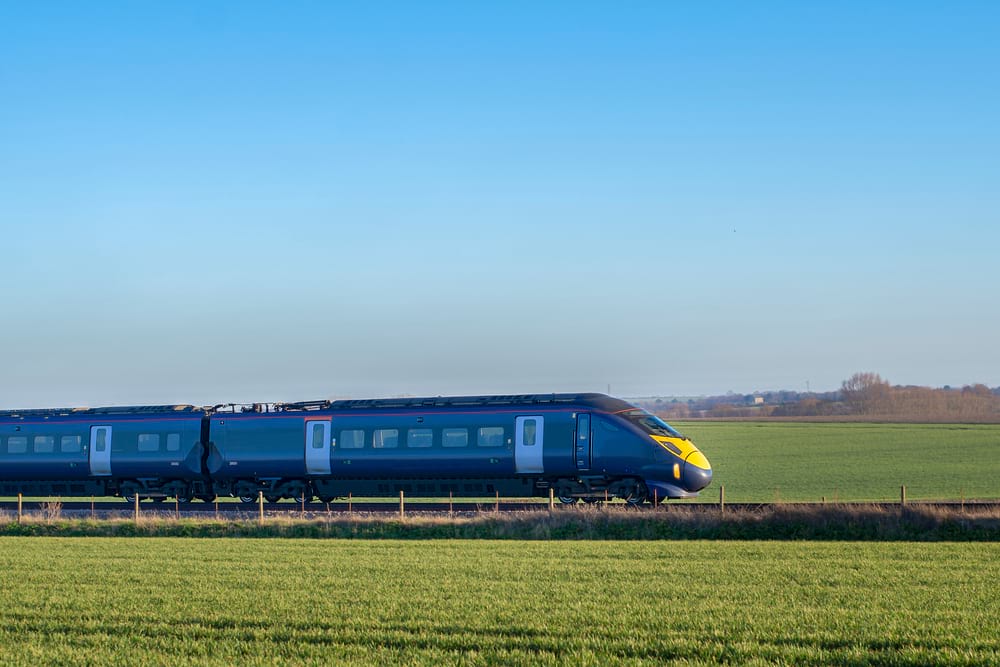Japanese Knotweed is one of the worst problems a homeowner can face.
It can damage and devalue property.
To make things more complicated, there are several plants that look very like it.
In this guide, we’ll look plants commonly mistaken for Japanese knotweed.
What does Japanese knotweed look like?
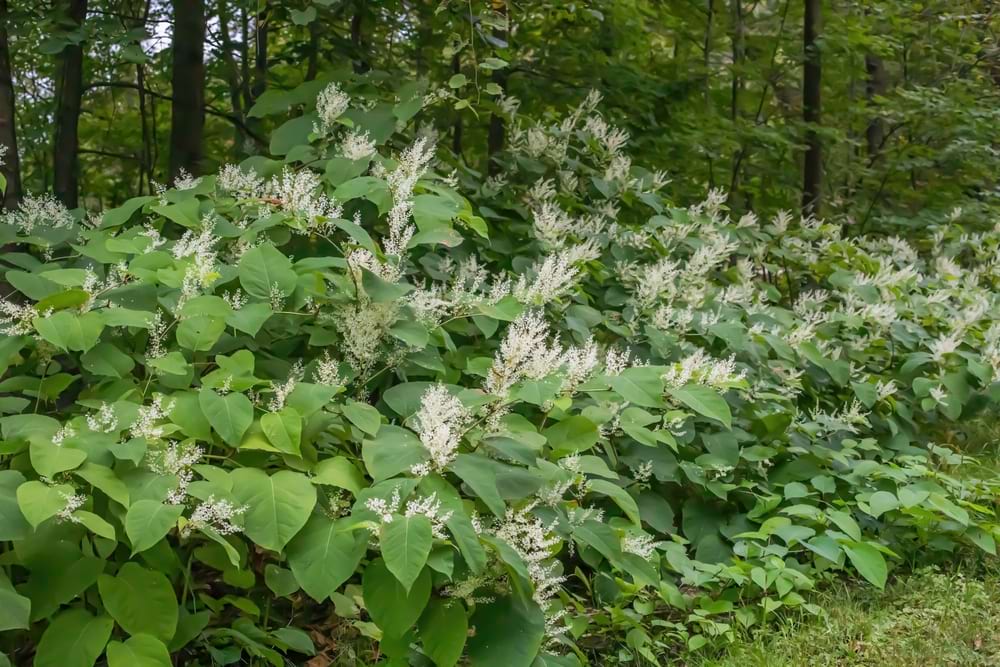
Japanese knotweed has creamy white flowers, heart-shaped leaves, fast-growing stems and orange-tinted roots.
Its rapid growth is also noticeable – it can grow up to 10cm a day and quickly kill off surrounding plant life.
It has strong roots (known as rhizomes) which can extend up to 3 metres (9.4ft) deep into the ground. These can start growing again after years – or decades – of being dormant.
It is not the only issue that can damage a property. But is is one of the worst.
7 plants that look like Japanese Knotweed
1. Bindweed
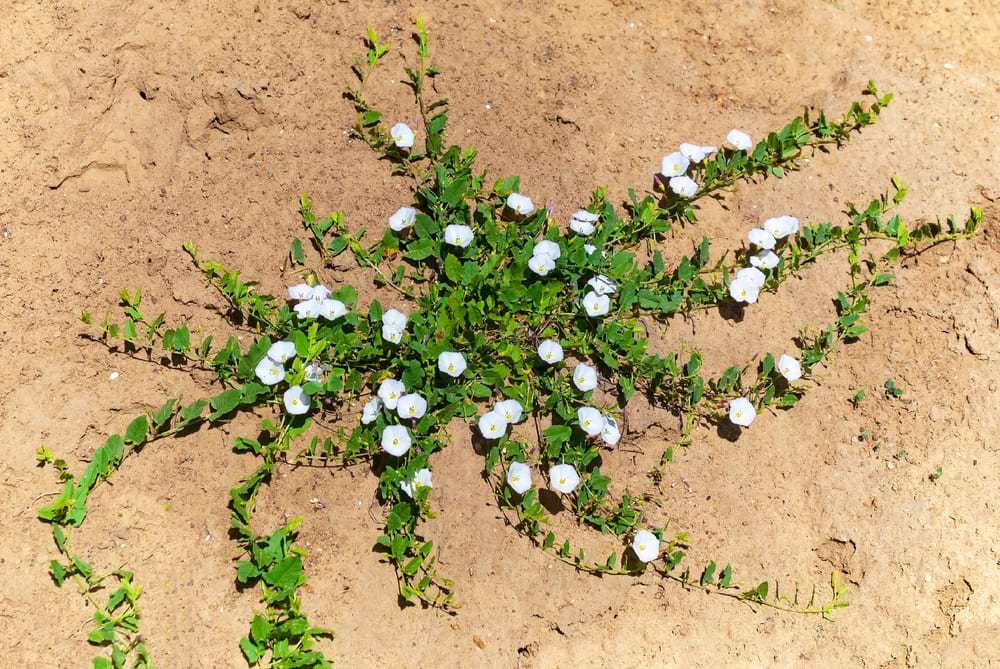
Bindweed is often mistaken for Japanese Knotweed due to its similar heart-shaped leaves. There are two types of it:
- Field bindweed: A smaller variety, with pink and white flowers
- Hedge bindweed: Larger, with white flowers
Unlike Japanese knotweed, Bindweed is a climbing plant. It twists around other plants and structures.
It also has large pink and white flowers. These are easily distinguished from the clustered flowers that bloom on Japanese knotweed.
Because of its perennial root system, Bindweed can live a long time. It is difficult to get rid of without professional intervention.
With the right treatment, you can resolve the problem within a year.
2. Russian vine

Russian vine (also known as Bukhara fleeceflower) is a close relative of Japanese Knotweed.
It has similar shaped leaves and similar looking flowers. It can also cross-pollinate with Japanese Knotweed to create a fearsome hybrid plant.
The biggest difference is that, like Bindweed, Russian Vine is a climbing plant. It doesn’t grow directly upwards like Japanese Knotweed does.
Russian Vine grows fast and can suffocate other plants in proximity. But it’s a lot less persistent than Japanese knotweed and can removed easier.
3. Broad-leaved dock

Broad-leaved dock (also known as bitter dock) is part of the same family as Japanese Knotweed.
They share a few key similarities, such leaf and flower shape, and speed of growth.
However, broad-leaved dock stems are fluted and shorter than knotweed plants. The plant itself is also shorter than Japanese Knotweed.
If you’re still unsure, snap open the stems. If they contain a foam-like substance, you can be sure it’s not Japanese knotweed (which has hollow stems).
While broadleaved dock is a nuisance, it’s easily eradicated with a few rounds of herbicide.
4. Himalayan balsam

Himalayan balsam is a fast-growing but non-invasive plant.
The stems are also hollow with the leaves arranged in a similar way to the Japanese knotweed. So it’s easy for alarm bells to ring when it’s spotted at the foot of your garden.
What’s more, Himalayan balsam can grow to a similar height and is also often found near watercourses.
The leaves on a Himalayan balsam are much longer and thinner than knotweed leaves. And they form large pink hooded flowers (which bloom during the summer).
5. Bamboo

Whilst bamboo doesn’t look a lot like Japanese knotweed, the shoots are similar.
And many early signs of Japanese knotweed are mistaken for pre-planted bamboo.
Bamboo also grows very quickly and high (as high – or higher than – Japanese knotweed).
However, bamboo leaves are long and thin. It is also a lot stronger than Japanese Knotweed, which will easily break with force.
6. Red bistorts

Red bistorts is a popular decorative garden plant related to Japanese Knotweed.
Like Japanese knotweed, its hollow stems divide into nodes. And its leaves are alternately arranged along its stems. (though Red Bistorts stems are usually much thinner).
Red bisorts’ flowers range from pink to reddish-purple. And its stems are thinner than Japanese knotweed.
7. Heart-leaved houttuynia

Heart-leaved houttuynia is commonly mistaken for Japanese knotweed. Like Japanese Knotweed, this perennial can spread through its rhizomes.
It also has heart-shaped leaves (hence the name). These are similar in shape and size to that of the Japanese knotweed.
Unlike Japanese knotweed, it doesn’t usually grow past 30 cm (11 inches) in height. And it has tiny yellow flowers as opposed to white flowers.
Better safe than sorry
If you’re not sure whether a plant is Japanese knotweed or something else, hire a professional.
If left unchecked, if can seriously damage to your property.
Selling a home with it still present can reduce the selling price by 10 – 22%. It can take up to 3 years to remove, too.
Mistaking the plant for something else could have costly consequences. If it spreads beyond your property, you can be fined.
If you sell a property with it undeclared, your buyer can sue you.
And if you’re buying, be sure to get a property survey that covers this. If it’s present, you may struggle to get a mortgage for the property.
